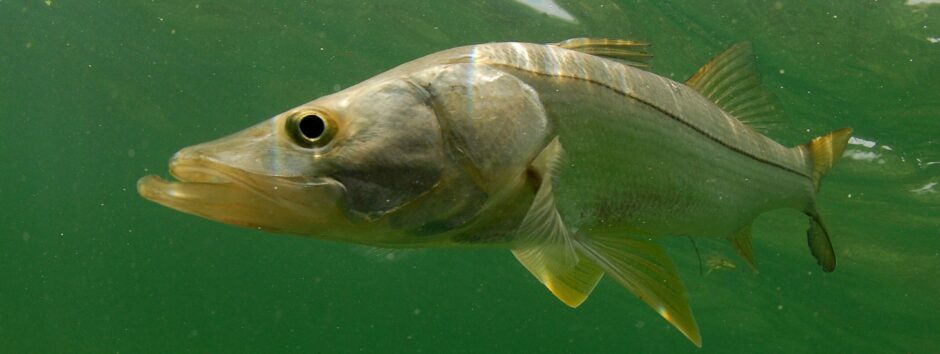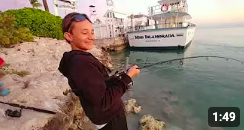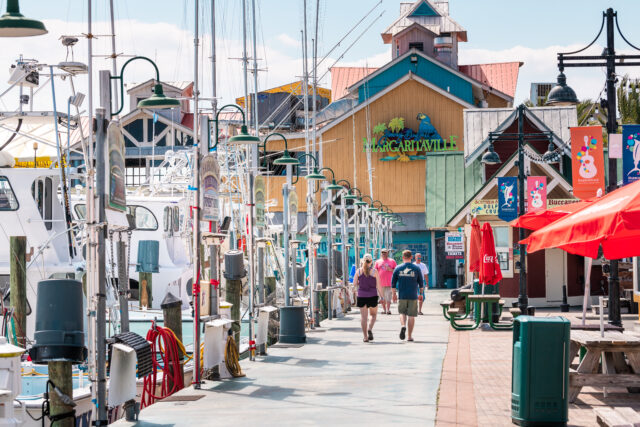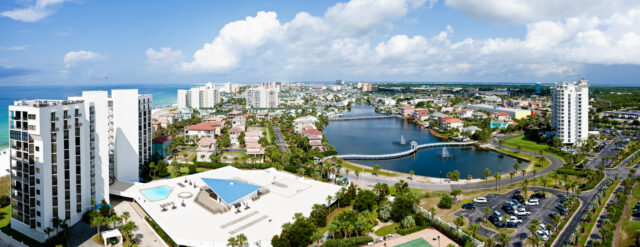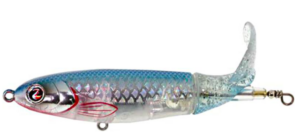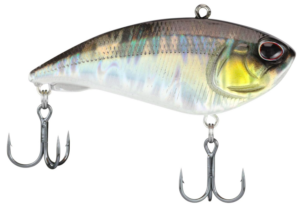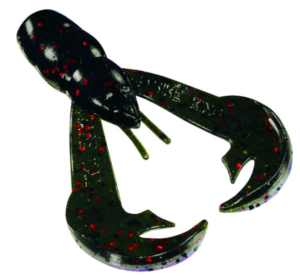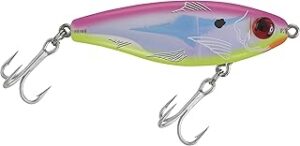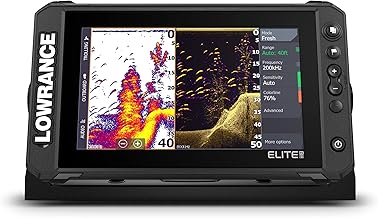Fish an Incoming Tide
An incoming tide for snook provides anglers with tons of options. The first couple of hours of an incoming tide means that you’re going to be fishing the low tide while you wait for the water levels to rise. Some of the best low water spots are passes and bridges. As the water levels rise and it gets closer to the high tide, snook can still be found near the bridges and passes, but you can also find them along mangrove-lined shorelines, backwater flats, in tidal creeks, around docks and in the canals.
Fish an Outgoing Tide
The outgoing tide provides some good fishing opportunities for snook. Moving water is always good when snook fishing and the outgoing tide is no exception. During the first couple hours of the outgoing tide, water levels are still somewhat high, so you can still find snook in the mangroves, along the docks, in the tidal creeks and canals. As water levels drop, some of the better areas are the bridges and the passes. A strong outgoing tide will pull tons of bait into these passes and snook will be there waiting for an easy meal.
Fish a High Tide
The high tide gives anglers tons of options for targeting snook. Remember, moving water triggers them to feed so try to get out there a couple of hours before or after the high tide peaks to experience the great fishing during the higher water levels. Some of the areas that anglers target during the high tide are mangrove-lined shorelines, backwater flats, docks, tidal creeks, bridges and the passes. You have so many areas to fish during the high tide that it can actually be overwhelming at times because you may end up second-guessing yourself if you aren’t catching any fish. The key is to have numerous spots that hold snook within a short boat ride of each other, so you can fish multiple spots during the tidal changes near high tide.
Fish a Low Tide
The low tide can make fishing tough for snook if you don’t know where to find them. It is important to find some moving water, so if you are fishing the low tide, a couple of hours before and after the slack tide will offer the best fishing. Some of the shallow water areas that offer good snook fishing during the high tide will not produce as well during the low tides. Shallow water docks, mangrove-lined shorelines, tidal creeks and other shallow backwater areas are not as effective during the low tide. These areas need the higher water levels for snook to get back into the shallow water cover.
However, some anglers actually prefer fishing these shallow water spots during the low tide if there are some deeper channels available. During the low tide, the shorelines become exposed and the only water available for holding snook will be in the deeper water of the channels. If the water is deep enough, you may often find good numbers of snook congregated in these channels and they are fairly easy to catch if you have some moving water. You have to be careful fishing in the shallows near the low tide because you can easily get your boat stuck in the shallow water.
Most anglers prefer to fish the bridges or the passes during the low tide. During the low tide, moving water will still offer some good fishing around the passes and bridges. These areas usually have plenty of deeper water, so the snook aren’t forced out of these spots during the low tides. The stronger outgoing tides will actually pull tons of bait through the passes and under the bridges from the inshore bays. Good numbers of snook will move into these areas to feed on all of the bait. The first couple hours of the incoming tide will also offer some very good low water fishing. Lowlight conditions tend to be more productive, so get out early in the morning, in the evening and at night for the best results.
Fishing the Slack Tide
Snook fishing becomes very difficult during a slack tide, especially during the day. Moving water triggers snook into feeding and as soon as the water comes to a standstill, the bite slows down in an instant. Some anglers will try to fish some of the open water areas around the bridges and in the passes during the slack tide because the wind can help provide some current. It’s not the same as having moving water during a tidal change, but the moving water from the wind could help to position some bait, which will also make snook more likely to feed. Most of the experienced anglers will take a break from the fishing during the slack tides because the fishing is usually so poor.
